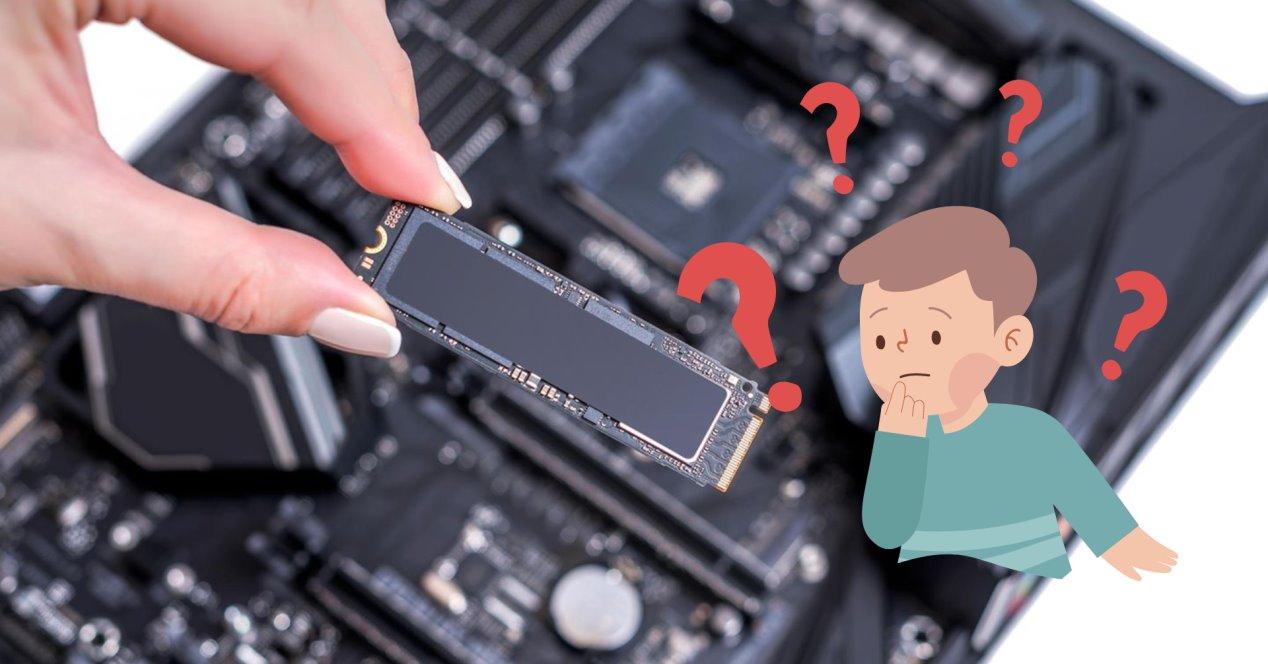Theoretically, in September 2022, we should have seen the first PCIe 5.0 SSDs on the market. Today is January 2, 2023 and we still have no reliable news regarding the launch of these SSDs. It’s very likely that you don’t care release of PCIe 5.0 SSDsand rightly so, but what’s going on with those hard drives?
First, a little background. Intel introduced support for the PCIe 5.0 interface in the Core 12 Gen and therefore subsequent generations of processors. AMD, for its part, offers support for this PCIe 5.0 interface in its new Ryzen 6000 processors. But there is no component that uses this communic ation bus.
Speed is sometimes a big detriment
Intel was a “early adopter” of PCIe 5.0 interface. It was the first company to offer support for this communication bus in its Core 12 Alder Lake. It offered (and does, as they are on the market) support for an SSD with PCIe 5.0 interface with 4 direct lines to the CPU. But, about a year after the launch of said processors, no SSDs are supported.
Who is responsible for developing the controller for that PCIe 5.0 SSD are Philo. The company is known (to a few real istic people) for being the leading manufacturer of controllers for M.2 SSDs. Between October and November 2021, it has already announced that by the second half of the year its PCIe 5.0 controller for SSDs will go into mass production and that for the fourth quarter of 2022
only 48 hours ago we entered 2023 there we do not have is units on the market (which, on the other hand, would be expensive and inaccessible to 99% of users). But of course, is there a reason or reasons for this event? Yes, there are several reasons why they haven’t been released yet. These are:
- Big temperature issues. Most of the PCIe 5.0 based M.2 SSD models featured use a fan on their heatsink for the heat generated. This new interface makes it possible to reach between 13,000 and 15,000 MB/s in reading and writing, which generates high temperatures. Something that forced heatsinks, which until now were passive, to include a fan
- Low chip production. The industry is currently facing serious problems in meeting the demand for chip manufacturing. Although they are less than a year or two ago, they still exist
- Reduced SSD demand. Another factor is the sharp drop in demand for SSDs, which is around 20%. Now throwing away a 1TB SSD that might cost 400-500 dollars doesn’t make sense. Yes, speeds are going to get brutal, but does that matter to the average user?
But, they have to go now
You still don’t see the point of throwing these PCIe 5.0-based SSDs, and to some extent you’re right. But the arrival of these new SSDs could bring down the price of the current ones based on PCIe 3.0 and PCIe 4.0. Which could mean savings for those implementing a new system.
Currently, a PCIe 3.0 SSD is more than enough for excellent gaming performance. If PCIe 4.0 were cheaper, many users would bet on it for their computer. As always, this is an adjustment of product supply and demand. Although we don’t need at least 7000MB/s, we won’t notice the difference in many cases, any extra performance is always appreciated.









